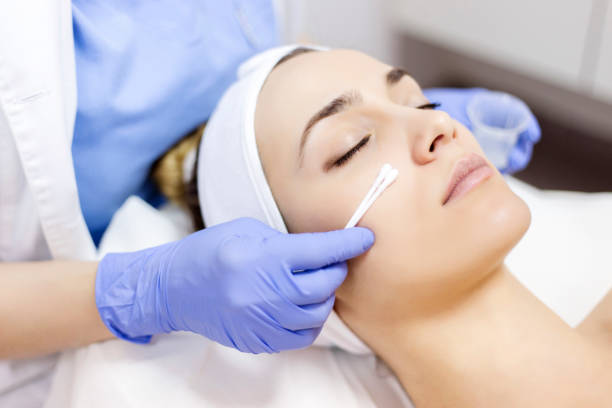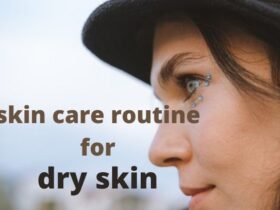Everything You Need to Know About Chemical Peels. This treatment, a chemical remedy applied to the skin, which makes it “blisters” and eventually peels off.
It can be used to:
- Healing wrinkles caused by sun damage and aging
- Improving the appearance of benign scars
- Specific types of acne treatment
- Reduce age spots, freckles, and dark patches (darkening of the skin) due to pregnancy or taking birth control pills
- Improving the appearance and feeling of the skin, See about Face Moisturizers
Also, there must be a physical relationship and especially 10 and 2 p.m. Everything You Need to Know About Chemical Peels.
What are chemical peels?
During this procedure, the chemical solution which is being treated in the area of peeling and eventually peeling off the skin, will be applied.
There are people who can get chemical peels. Some of those things, including various treatments can be tried:
- wrinkles and fine lines
- sun damage
- acne scars
- hyperpigmentation
- scars
- melasma
- uneven skin tone or redness
Read Also | 10 Best Face Serum For Every Skin Type
What type of chemical peels can I get?
Three different types of chemical peels:
- Superficial peels, Which use mild acids like mild alpha-hydroxy acids. It just crosses the layer as far away from the center of the skin as possible.
- Medium peels, Use trichloroacetic or glycolic acid to reach the middle and outer layers. It makes it more effective by removing these damaged skin cells.
- Deep peels, Which completely remove damaged skin cells and penetrate into the middle layer of the skin; These skins often use phenol or tricholoracetic acid.
How is a chemical peel done?
Chemical peels are typically made by officers; The deep skin can be facilitated in the outpatient department. Before the procedure, it is likely you will tie back your hair.
Your doctor will anesthetize a specific analgesic area, if you are receiving a deep peel. Deeper, your doctor may also use a regional anesthesia, which will numb large areas. These are especially likely if you are having your face and neck treated.
Light peel
During a light peel a cotton ball, gauze or brush applied to the area will be used being treated with chemical solutions such as salicylic acid.
Medium peel
During a moderate chemical peel, your doctor will use a gauze, special sponge or cotton swab to apply the chemical solution to your face. This can be glycolic acid or trichloroacetic acid. You may feel stinging or clicking for 20 minutes.
Deep peel
The procedure will limit the exposure to acid skin, the 15 minute episode will be completed.
How do you prepare for a chemical peel?
Before your procedure, you will first have a plan with a skin care specialist. This may include whether or not you are taking acne medication easily, and whether you know it easily.
Before a chemical peel, you must:
- Let’s use retinol or retin- any type of a specific medication for at least 48 hours
- Accutane hasn’t been at least six months
Your doctor may also recommend that you:
- Take an antiviral medication if you have a history of fever blisters or cold sores to avoid getting rid of the mouth
- Use special lotions to improve the treatment, like glycolic acid lotion
- Use a retinoid cream to prevent darkening of the skin
- Stop using hair removal products that can remove black hair, or the week before the peel. You should also not do hair bleaching.
- Stop using facial scrubs and exfoliants the week before peeling.
- Arrange a bicycle house, especially medium or deep chemical skins, which you need to shift to the hospital.
Prescribe a painkiller or medicine to your doctor, taking it according to their instructions; You probably have to take it before you come to the office.
Read Also | 7 Best Nail Colors for Your Dark Skin




